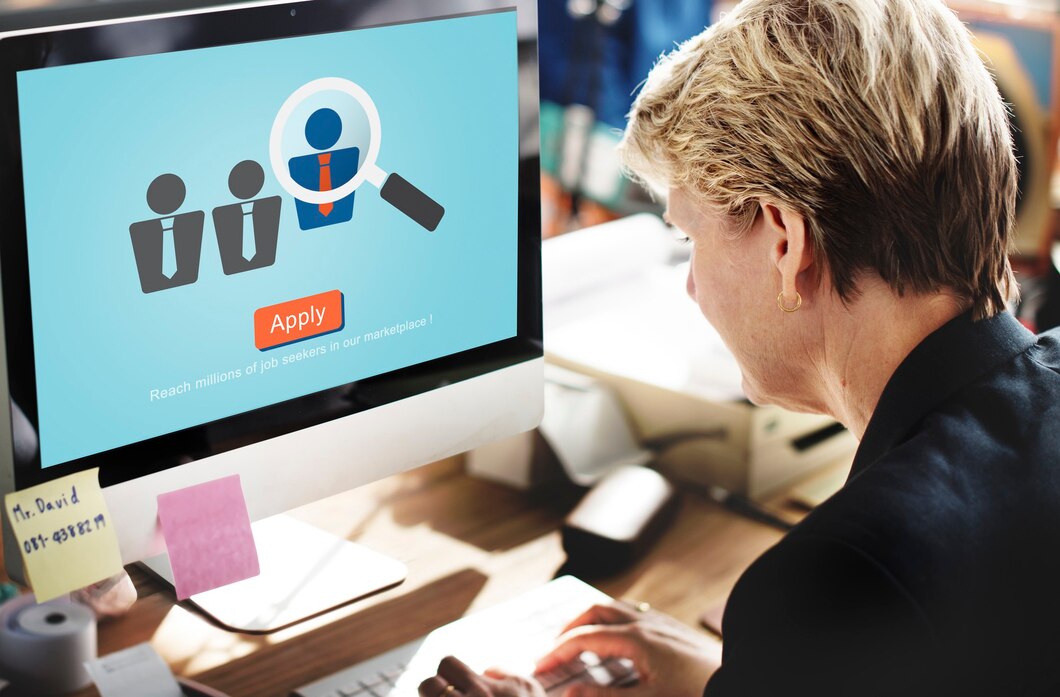Introduction
It’s the first impression a new customer has of your product and can significantly impact their long-term engagement and retention. If a user’s onboarding experience is poor, they might abandon your service before even realizing its value. It has been observed that 86% of users are more likely to remain loyal to a product if they have a positive onboarding experience.
Let’s explore the importance of effective user onboarding in SaaS businesses and provide you with the top 5 practices that can significantly enhance this process, increase customer retention, and improve user satisfaction.
Importance of Effective User Onboarding for SaaS
Effective user onboarding is a key factor in customer success. It helps new users understand the product, start using it quickly, and see value in it right away. Poor onboarding experiences can result in confusion, frustration, and, ultimately, high churn rates. Here’s why user onboarding is so important for SaaS businesses:
A Smooth Onboarding Process Increases Retention
The quality of user onboarding directly impacts retention rates. 40-60% of SaaS users will not return if they haven’t fully engaged with the product during their first session. On the flip side, a great onboarding process encourages customers to explore more features, become familiar with the interface, and integrate your product into their daily routines.
First Impressions Matter
The first 30 days are crucial in the SaaS customer lifecycle. If a user doesn’t see the immediate value of your product, they are less likely to stick around. SaaS businesses with a strong onboarding process experience 50% higher user engagement and 20% better customer satisfaction. This shows that onboarding isn’t just a formality—it’s an essential part of the user’s entire journey.
Sets the Stage for Long-Term Success
User onboarding isn’t just about getting users to sign in and click around. It’s about setting them up for success with your product. When users are properly onboarded, they are more likely to find long-term value, remain engaged, and eventually become loyal customers.
Effective onboarding also educates users on how to use the software most efficiently, minimizing confusion and helping them quickly understand its core features. By guiding users to their “aha” moment—when they realize the product’s value—SaaS businesses can build trust and prevent churn.
Reduces Support Costs
When users understand how to use your product properly, they are less likely to need support. A well-designed onboarding flow helps reduce customer confusion, leading to fewer tickets and fewer inquiries for your support team. This not only saves time but also allows your support team to focus on more complex issues, providing a better overall customer service experience.
Top 4 Practices for User Onboarding for SaaS
Now that we understand the importance of user onboarding let’s look at the top 5 practices that can help you optimize this process and ensure that your users have a seamless and valuable experience right from the start.
1. Personalize the Onboarding Experience
One of the most effective ways to engage users during onboarding is by personalizing their experience. Personalization makes users feel that your product is tailored to their specific needs and increases their chances of success with the platform.
- Why it works: When users sign up for a SaaS product, they often have specific goals in mind. By understanding their goals and customizing the onboarding experience based on those objectives, you can guide them toward realizing those goals faster.
- How to implement: Use data from sign-up forms, customer in-app surveys, or initial interactions to personalize onboarding. For example, if you’re offering a project management tool, ask users whether they are managing a team, a solo project, or an event. Based on their answers, present the features that will be most useful to them.
2. Provide an Interactive Product Tour
A product tour is one of the most efficient ways to help users get acquainted with your software, especially for those who may not be familiar with it. Offering an interactive product tour where users can try out the features as they learn about them will make them more comfortable using the product.
- Why it works: Users who are shown how to use the product rather than just being told are more likely to remember the features and feel confident in using them. It has been found that users are 80% more likely to complete a task if they are guided through it step by step.
- How to implement: Consider offering a feature walkthrough that introduces your software’s most important functions. Make sure to keep it short and clear, avoiding overwhelming the user with too much information. Use tooltips, spotlights, and in-line widgets features to guide users through the experience.
3. Use Progress Indicators to Keep Users Engaged
Users love to see progress, especially when they’re learning something new. Progress indicators help users visualize how far they’ve come in the onboarding process and motivate them to complete it.
- Why it works: Progress bars or checklists can make the onboarding experience feel more structured and give users a clear sense of achievement. Users are more likely to stay engaged if they see that they are making headway toward mastering the product.
- How to implement: Add a progress bar or checklist to the onboarding process that shows users how many steps they have left. For example, you might include a series of “steps” that guide the user through account setup, completing their profile, or exploring key features.
4. Follow Up with In-App Messages
The onboarding process doesn’t end with the initial product tour. In-app messages can play a critical role in keeping users engaged after the first touchpoint, providing them with useful resources, and nudging them to complete the onboarding process.
- Why it works: In-app messages can continue to guide users through their onboarding journey, reminding them of unfinished tasks or offering tips and tricks. Additionally, in-app message follow-ups can help build trust by providing ongoing support and educational content.
- How to implement: After a user signs up, send them a series of in-app messages that provide value and prompt them to complete specific steps in the onboarding process. These in-app messages can be good reminders to return to the product and finish setting up their profile.
Conclusion
A successful user onboarding process is essential for the long-term success of any SaaS business. By personalizing the onboarding experience, offering interactive product tours, providing clear progress indicators, guiding users toward their “aha!” moment, and following up with automated email sequences, you can set your customers up for success.
Remember that onboarding is not a one-size-fits-all process. Continually analyze your user data to understand where users drop off in the onboarding flow and where improvements can be made. Book a demo with Nudge for an optimized onboarding experience that will not only reduce churn but will also build strong, lasting relationships with your users, ultimately contributing to the growth of your SaaS business.




